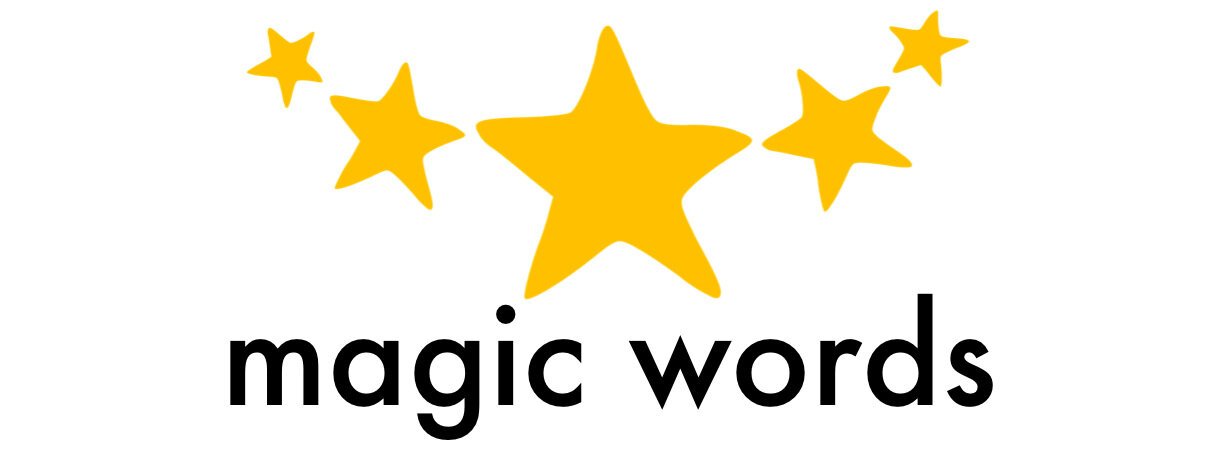By Eleanor Harris - Director of Magic Words Therapy and Specialist Generalist Speech and Language Therapist
Providing a child’s diagnosis to a parent can be like launching a grenade at them. With one short sentence you can be shattering their hopes and dreams of the perfect child that breezes through school, makes friends easily and goes on to over achieve. It doesn’t matter if the diagnosis is something as mild and temporary as a simple speech sound delay, or as serious and long term as Autism. Some parents readily accept the diagnosis after a long battle to get their child’s difficulties recognised while others are battling through the grief process and are not yet able to accept what professionals are telling them, seeking second opinions or not seeking any opinions at all and holding up a shield to the grenade.
There is little in a Speech and Language Therapist’s training that prepares them for giving a diagnosis to a parent. It wasn’t until I had been through the grief process with my own son and his diagnosis of permanent hearing loss at one month old that I fully understood how the words can sting. The brain reacts to protect itself through denial, you can feel angry at professionals and yourself for not doing enough, ‘if only’ thoughts plague you with guilt and sadness sets in for the perfect and easy child development that your child will not have and the uncertainty for the future.
Our role as diagnosing professionals is to recognise the stage at which a parent is at in the grief process, to soften our tone and words to show empathy, to be honest and frank and to provide them with a blanket of support and encouragement. We should provide high quality information using easy to understand language, given at a time when the parents are ready to receive it. I remember being given boxes and boxes of information that remained unread for quite some time until I was ready to ‘deal with it’. Professionals need to remain on hand for weeks after the diagnosis to be available for the questions that will inevitably arise after the shock of that initial grenade.
As you move through the process, sometimes stuck in one stage, sometimes feeling all of them at once, you gradually move towards the stage of acceptance. You are able to accept where your child is now, what you can do to make them happy and healthy at their current stage, and begin to look towards the future with hope, optimism and certainty. Although your child’s passage through the childhood years won’t be the same as everyone else’s, they will achieve their best, be happy and be who they are with loving support from their family.
Having moved through the grieving process some time ago now, I look at my little boy and I’m so proud of his achievements and genuinely don’t even see his disability as a disability any more, just a difference that makes him stand out from the crowd.
Speech Therapists – for further information about best practice when providing a diagnosis, read this informative article
Parents – for further information on understanding the grief process related to a child’s diagnosis read this informative article










